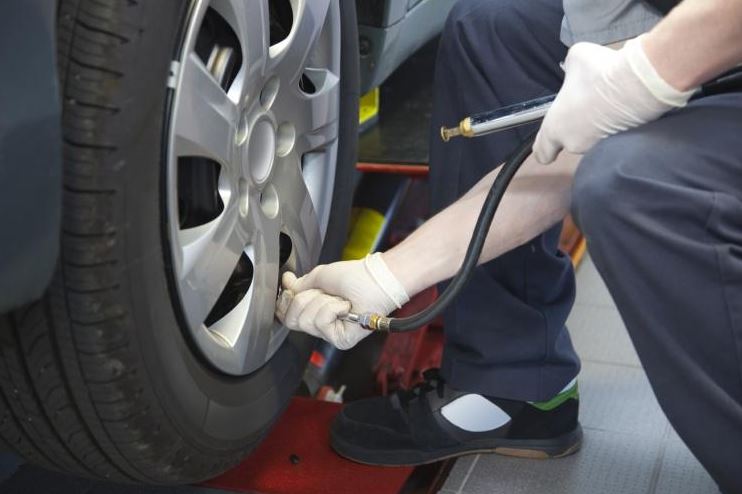Tyre maker Bridgestone has called on motorists to make tyre safety one of their 2014 resolutions. “Many crashes in South Africa arise from tyre failure,” said Bridgestone Field Engineer Manager, Bester Betha. “By knowing what to look for and getting into the habit of regular tyre checks, motorists can considerably reduce their risk of tyre failure,” he commented.
The most important signal of an effective tyre safety routine is checking tyres regularly. Tyres gradually lose pressure over time, and this process can be accelerated by a slow puncture or leaking valve. It is important to check tyres at least once every two weeks to pick up any unusual trends such as a tyre which is losing pressure faster than other tyres on the vehicle.
Before you check a tyre’s pressure, ensure that the valve cap is still present – this prevents dust getting into the valve and making it leak. Check the wheel itself for things like grease or oil leaking which could mean there is a problem with a wheel bearing. If you notice large amounts of grease on the side of the wheel rim which faces the vehicle, a constant velocity joint boot might have torn.
Now check the wheel nuts or bolts. If one has worked loose, it’s a sign that you need to check the others. Now turn your attention to the tyre itself. Are there any cuts, bulges or bruises on it? If so, it’s likely to be illegal, not to mention dangerous – a bulge on a tyre is caused by internal damage which has allowed air to leak through the plies; you are at risk of a blowout!
Assess the wear of the tyre – if it’s wearing more in the middle than on the shoulders, it’s probably over-inflated. If it’s wearing more on the shoulders, then it’s likely to be under-inflated. Use a reliable tyre pressure gauge to check the pressures. Only check tyre pressures when the tyres are cold. The air in tyres expands as it heats up and this causes the tyre pressure to increase, which is perfectly normal. However, if you deflate a hot tyre to the manufacturer’s recommended pressures, it may actually become under-inflated which leads to increased heat build-up in the tyre and the risk of a blowout when you next drive.
Once you’ve finished checking all your tyres, remember to replace the valve caps and set a reminder on your phone or computer to do your next check in two weeks. “A complete and thorough check of a car’s tyres takes under five minutes,” said Betha. “If all motorists carried out these regular checks, many fatalities on South Africa’s roads could be prevented,” he concluded.
Also view:
